Acoustic matters
because acoustics matter!
``Acoustics is the science of audible sound.``
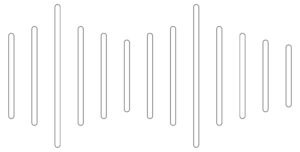

Measuring Sound
We should also consider intelligibility when assessing the acoustics of a space.
1. Frequency
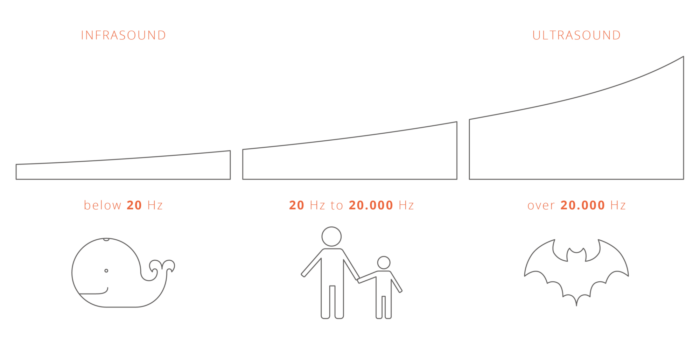
2. Energy in a sound

3. Reverberation
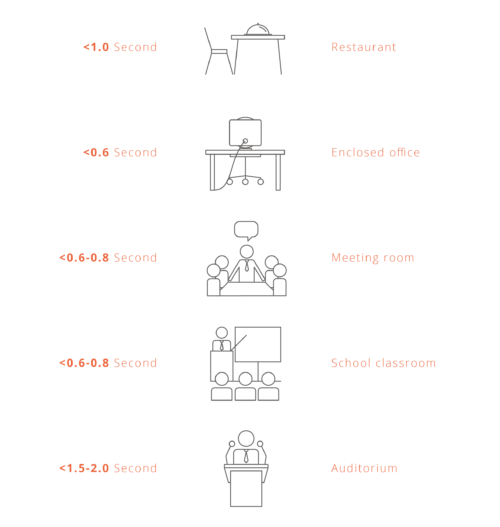
4. Speech Intelligibility
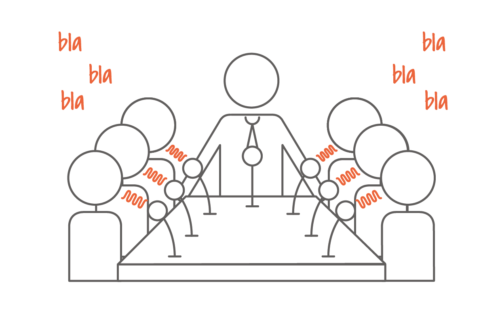
Lombard effect
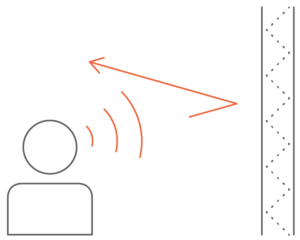
Sound Insulation
Sound Masking
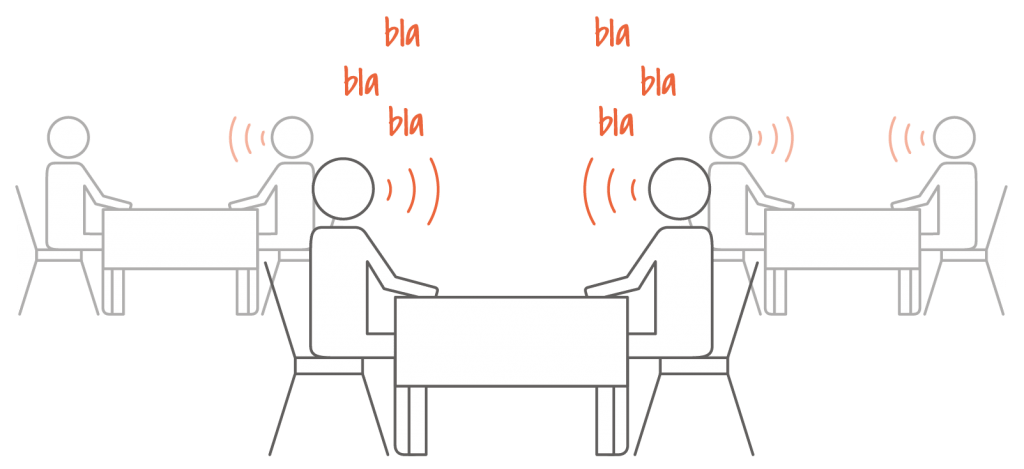
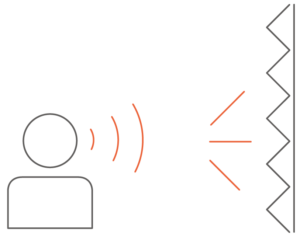
Sound Absorption and Diffusion
Product Options
Sound absorbing panels and acoustic materials come in different formats to help your space have the ideal reverberation time while minimizing echoes and creating a pleasing acoustic environment.
Relatively light weight and easy to install these are some of the most commonly used solutions. Should be positioned as close as possible to the source of noise in order to optimise the quantity needed. There are a large number of options in terms of design and colours available.
Hanging panels
It can be particularly effective to hang panels from the ceilings especially in spaces with very high ceilings where the vibrations often coming from different sources get lost and limit the intelligibility of speech. A variety of options are available.
Mobile screens
Can be an interesting and effective way to divide space in particular in open plan offices between teams or to create areas dedicated to smaller meeting areas or for different functionalities of the space. The mobile factor allows obviously to recreate the spaces according to need.
Writing boards
These screens allow for the double functionality of creating sound absorption with the writing board. Particularly interesting to consider for meeting rooms where there is a lot of glass so fitting panels on the walls would be more difficult and the RT is high. These are also available in a variety of colours and can become a feature or blend in the existing colour scheme.
Hanging room dividers
There are a number of options of modular screens that can be hung from the ceiling. These allow for dividing and defining a space while letting light and air pass through whilst keeping conversations private. If mounted on railings these can be moved around according to need so to effectively create mobile rooms.
Classic option for office desks to capture the telephone conversations at source and create defined spaces for employees. Needless to say, this being one of the most used pieces of sound absorbing panels there is a variety of options available and we would highly recommend the use of these in any office!
Wall covering
Covering the entire wall these need to be used with caution in order to not create too much sound absorption at once. The products we have researched and selected are available at varied sound absorption classes so to be usable for the entirety of the wall space. We have a number of fun options from wood to crocodile to vertical gardens for the wow factor!
Ceilings
It would be great to always have some absorbing materials on the ceilings and there are some good solutions that are effective and a neat way of fixing acoustic issues in an environment. They can be basic suspended ceiling tiles to be substituted to the existing ones, baffles when light should be passed through or even stretch ceilings for non-linear spaces.
Lighting
A number of the other acoustic products may be integrated with lighting and there are also a number of lights that are integrated with sound absorbing materials that can be interesting to integrate in fixing the acoustics of a space.
Curtains
In general most textiles present light sound absorbing or at least sound diffusing qualities but there are a few curtains that have been developed with high sound absorbing characteristics that can be tailor made to any window and in addition to aiding the acoustic quality of a space can also save on energy bills.
